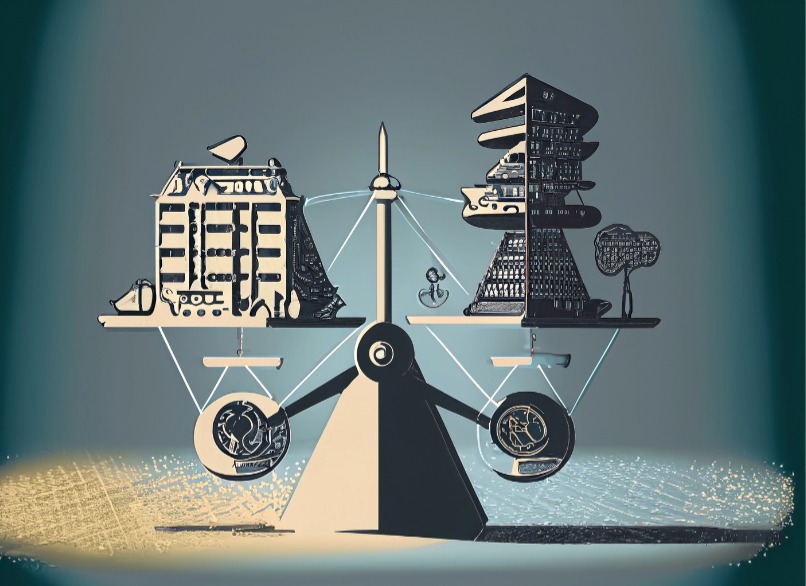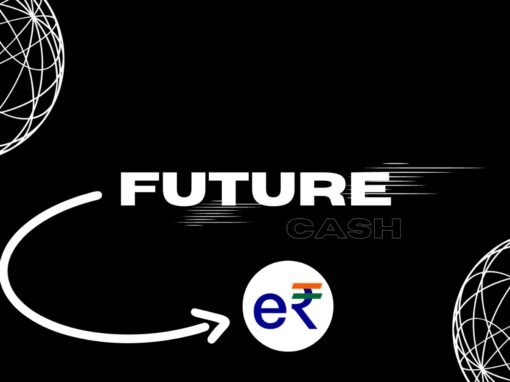A Deep Dive into the Legal Engineering Framework
In the rapidly advancing world of financial technology and digital assets, tokenization of Real world asset stands at the forefront as one of the most transformative concepts. It allows assets—be it real estate, Charter Planes & Yachts, Bonds or company equity—to be fractionally owned and traded in a liquid market. However, beyond the technological allure lies a dense thicket of legal intricacies. Tokenization isn’t just a technological exercise; it’s a sophisticated legal engineering process bridging the world of atoms and bits, establishing legitimacy and enforceability for tokenized assets.
Ownership and Title Transition: Legal Constructs Reimagined
Tokenization commences with fragmenting ownership of an asset into digital tokens tradable on blockchain platforms. When tokenising assets, the idea isn’t just to digitise but to re-engineer legal constructs of ownership. Each digital token is a fraction of the asset, but in legal terms, real-world titles don’t ‘fractionalise’ in a straightforward manner. More so, the subtleties tied to undivided share ownership, such as the benefits, use, and possession of the asset, need to be methodically encoded to ensure token holders’ rights are preserved and actionable.
This is where the trust structure comes in. The legal title remains with a trustee or custodian acting on behalf of token holders. It’s a classic legal model reengineered for the digital realm. Token holders do not possess direct legal title, but their rights are encoded in binding agreements enforced by the trustee who is legally bound to take action on behalf of token holders.
Traditionally, trustees act based on written legal mandates. In tokenized structures, these mandates are translated into executable computer code. Smart contracts dictate the trustee’s actions, automating processes like dividend distribution, voting, transfers, and more. This requires airtight legal prose drafted with computer-executable specificity. The specificity required in these contracts underscores the importance of precision in legal engineering, ensuring that all potential scenarios are accounted for and that there’s no ambiguity in interpretation. It’s among the toughest challenges in legal engineering for tokenization.
Escrow Reimagined: Automating Financial Obligations
In the digital world, where transactions are seamless, the mechanism to handle funds generated from assets, such as dividends, rentals, yields or sales proceeds, needs to be foolproof. This is where escrow accounts, woven into the smart contracts, come into play. These accounts ensure the automatic movement of funds (how it can be done using fiat currency in my next article).
The integration of escrow mechanisms within smart contracts exemplifies legal engineering’s prowess. In the traditional sense, escrows act as neutral third parties, safeguarding assets until contractual obligations are met. In the digital sphere, this role is taken up by smart contracts, which automate fund transfers based on predefined, legally vetted conditions.
A cautionary note is warranted here. Contrary to their name, these smart contracts lack innate intelligence. They don’t inherently gather the essential information or data they need; instead, this data must be actively fed to them. This brings us to the introduction of ‘oracles’— Acting as digital gatekeepers of real-world data, oracles are indispensable. Oracles infuse smart contracts with the requisite data, facilitating transactions and fund movements as per the desired and agreed parameters. Thus, the legal integrity of these oracles is paramount. Any errors or lapses could lead to significant legal consequences, highlighting the need for a seamless fusion of legal guidelines with technological frameworks. Legally vetting these oracles is crucial to ensure airtight automated financial plumbing.
DAOs: Legal Governance for the Digital Age
Incorporating DAOs into the tokenization framework pushes the envelope on democratizing rights execution. DAOs push the boundaries of traditional legal structures. Within a DAO, token holders can participate in votes on proposals and the decision-making processes, from asset management to rights execution, the outcomes of which trustees are bound to respect and implement. But the DAO framework isn’t without its challenges.
Setting up secure voting mechanisms. What voting thresholds align with real-world regulations? Can a simple majority work, or are higher consensus margins needed? How do declining participation rates impact quorum validity? Ascertaining which rights require DAO voting or can be directly overseen by the asset manager? Answering these questions requires engineering both compliance and flexibility into governing mechanisms. Creating a technically secure oracle infrastructure to record and tally votes also becomes paramount.
These thresholds and rules need to be pre-established, usually outlined in an information memorandum or similar document. This ensures clarity and avoids potential conflicts among stakeholders.
Navigating the Regulatory Landscape
The complex regulatory landscape adds another dimension. Tokenization legal frameworks must embed compliance modules, spanning securities law, commercial codes, AML policies, and taxation rules.
To achieve a flawless tokenization process, binding agreements and token designs must be meticulously curated to ensure adherence to all relevant regulations within the jurisdiction(s) in question.
This requires not just incorporating existing statutes, but also future-proofing for shifting regulations. Resilience is key, ensuring the legal foundations can adapt as the regulatory environment evolves.
Weaving an Intricate Legal Tapestry
Stepping back, tokenization involves intricately weaving legal engineering into every fabric of the ecosystem. Ownership fragmentation, rights encoding, regulatory compliance – at each step, the technological leap is underpinned by robust legal craftsmanship.
As the physical gives way to the digital, it’s this legal engineering that bridges the chasm, establishing legitimacy and enforceability. It’s what allows real-world assets to traverse into the realm of private keys, decentralization, and blockchain-based exchange.
And as the technology continues maturing, what sets tokenized platforms apart isn’t just coding caliber, but the sophistication of the underlying legal engineering. Because it’s this fusion of ironclad legal prose and computational dexterity that makes tokenized ownership work in the real world.
*****




Naveen
September 29, 2023 at 5:41 am
Very well articulated and thought through